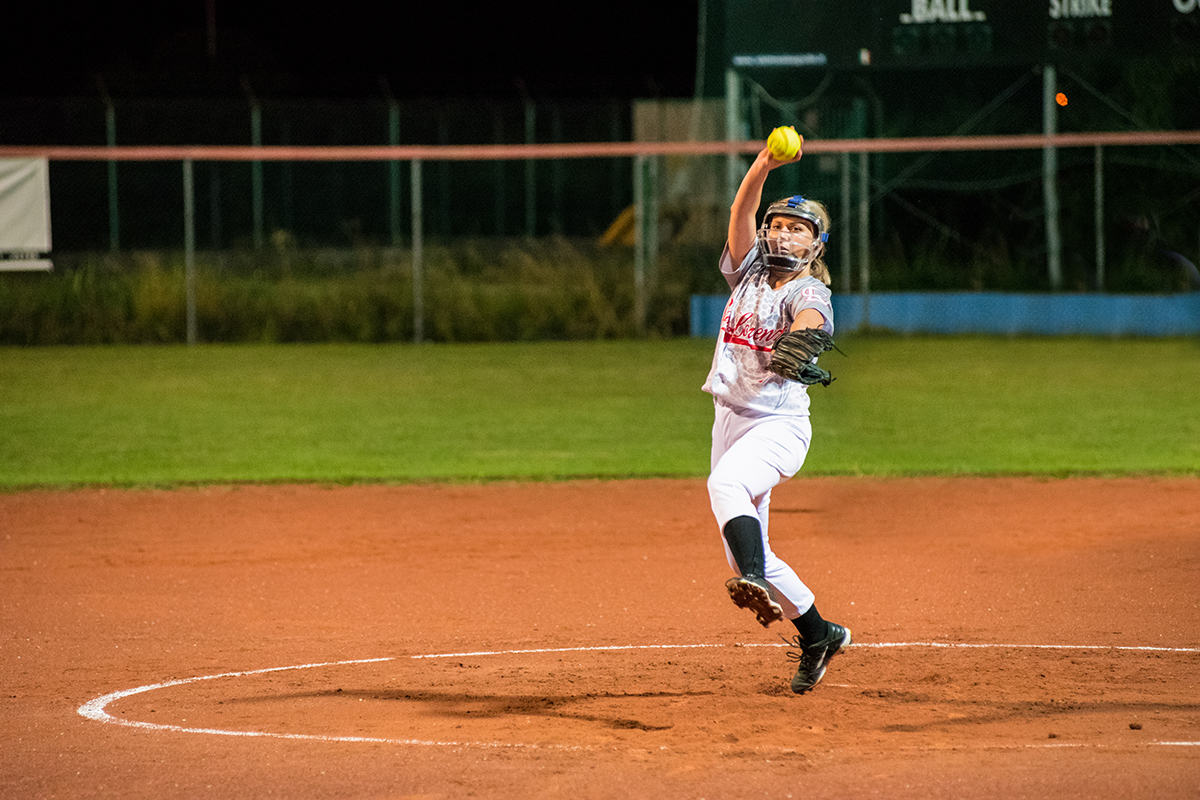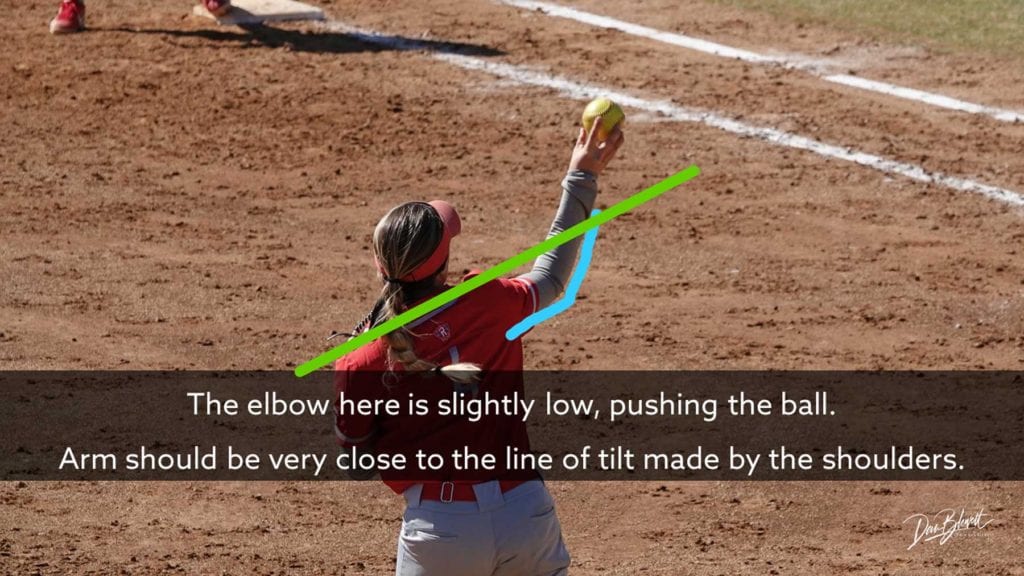

Therefore, the aim of this work was to determine the repeatability and LoA between two shoulder kinematic protocols. The absence of repeatability and limits of agreement (LoA) studies between different centers employing different motion analysis protocols has led to a lack dataset compatibility. Multi-center clinical trials incorporating shoulder kinematics are currently uncommon. The results suggest that management should include stretching to restore flexibility to the posterior shoulder. These findings could indicate that a tightening of the posterior elements of the shoulder (capsule, rotator cuff) may contribute to impingement. No significant differences were observed in external rotation gain between groups (P =.

03) and posterior shoulder tightness (P =. The throwing athletes with internal impingement demonstrated significantly greater glenohumeral internal rotation deficit (P =. Comparisons were made between groups with dependent t tests (P <. Posterior shoulder tightness was quantified as the bilateral difference in passive shoulder horizontal adduction with the scapula retracted and the shoulder at 90 degrees of elevation. Bilateral differences in glenohumeral range of motion were used to calculate glenohumeral internal rotation deficit and external rotation gain. Passive glenohumeral internal and external rotation were measured bilaterally with standard goniometry at 90 degrees of humeral abduction and elbow flexion. pathologic internal impingement will exhibit significantly increased posterior shoulder tightness and glenohumeral internal rotation deficit without significantly increased external rotation gain.Ĭase control study Level of evidence, 3.Įleven throwing athletes with pathologic internal impingement diagnosed using both clinical examination and a magnetic resonance arthrogram were demographically matched with 11 control throwers who had no history of upper extremity injury. Yet these contributors have not been identified in throwers with internal impingement. This contrasts to the common observation that male overhand pitchers fatigue around 90 pitches.Īlterations in glenohumeral range of motion, including increased posterior shoulder tightness and glenohumeral internal rotation deficit that exceeds the accompanying external rotation gain, are suggested contributors to throwing-related shoulder injuries such as pathologic internal impingement. The consistency in the glenohumeral, scapulo-thoracic and torso kinematics during the throwing protocol demonstrates that despite completing 105 pitches, these athletes are able to maintain shoulder kinematics and ball speed during the underhand pitch. To our knowledge, this is one of the first studies to analyze glenohumeral as well as scapulo-thoracic kinematics during this task. This study presents a systematic protocol for the study of fatigue during windmill softball pitching. Data across all planes demonstrated similar consistency. Examples of kinematics at two of these joints are presented across all sets (Figure 2, n=4). The last five pitches of every set were averaged for analysis.īall speed (Figure 1, n=8 subjects) and peak glenohumeral, scapulo-thoracic and thoracic angular rotations (n=4 subjects) were consistent across all sets. Ball speed recorded with a radar gun, 3D angular rotations of the glenohumeral joint, scapulo-thoracic joint and thorax with respect to the room were calculated for all throws. All athletes completed 105 pitches in sets of 15 with a rest of 5 minutes between sets. The pitching mound was at regulation distance (43’) from the strike zone target. A custom marker cluster was used to dynamically track the scapula (Karduna et al. Marker placement and the anatomical calibration of bony landmarks followed recommendations by the ISB (Wu et al. Three-dimensional (3D) motion of the humerus, scapula and trunk were recorded with surface markers at 250 Hz. The purpose is to measure scapular kinematics for the high school female windmill softball pitcher and identify kinematic adaptions and changes in pitching performance due to fatigue.Įight female high school softball pitchers without previous shoulder injury were enrolled. Direct kinematic measurements of the glenohumeral and scapulo-thoracic joint have not to be correlated and determined. However, pitch count and fatigue have not been systematically evaluated in the female windmill (underhand) throwing athlete. Pitch count has been studied extensively in the overhand throwing athlete.


 0 kommentar(er)
0 kommentar(er)
